The E-Bike Hub Motor Market is experiencing significant growth spurred by an increase in environmental awareness and the rising demand for sustainable transportation solutions. As urban populations grow and the need for efficient commuting methods escalates, e-bikes have emerged as a viable alternative to traditional bicycles and motor vehicles.
This dynamic market showcases a diverse range of players, each vying for a competitive edge through technological innovation, price competitiveness, and robust distribution channels. The competition within the e-bike hub motor sector is defined by advances in battery technology, motor efficiency, and user-friendly designs that cater to the evolving preferences of consumers.
As sector demands shift, companies are increasingly aligning their strategies to adapt to these emerging trends while focusing on enhancing performance and durability.
Go SwissDrive has carved a niche for itself within the E-Bike Hub Motor Market through its strong dedication to high-quality engineering and innovative motor solutions. The company is recognized for its expertise in producing efficient, reliable, and powerful hub motors that enhance the overall performance of e-bikes.
Go SwissDrive's strengths lie in its commitment to research and development, emphasizing the creation of lightweight systems that contribute to improved battery life and user experience. Their motors are designed not only to provide exceptional torque and energy efficiency but also to maintain compatibility with various e-bike designs, making them a preferred choice for manufacturers and consumers alike.
By offering tailored solutions that address specific market needs, Go SwissDrive has strengthened its market presence and established a reputation as a trusted name in the industry. Rockshox is also a significant player in the E-Bike Hub Motor Market, renowned for its innovative approach to e-bike components.
The company integrates advanced technology into its product offerings, delivering impressive performance for both recreational and performance-driven cyclists. Rockshox's strengths are rooted in its deep understanding of the cycling industry, allowing it to engineer products that align with the demands of modern e-bike users.
Their hub motors are optimized for smooth operation and reliability, providing an enjoyable riding experience without compromising on power. Rockshox is committed to quality craftsmanship, ensuring that each product not only meets but exceeds expectations.
This dedication has propelled the company to a competitive position within the market as it continues to foster relationships with e-bike manufacturers and consumers, capitalizing on its reputation for excellent engineering and performance in the electric mobility sector.


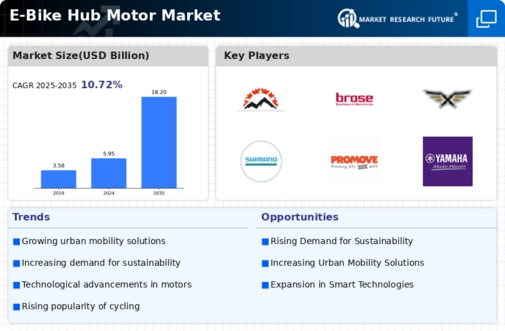
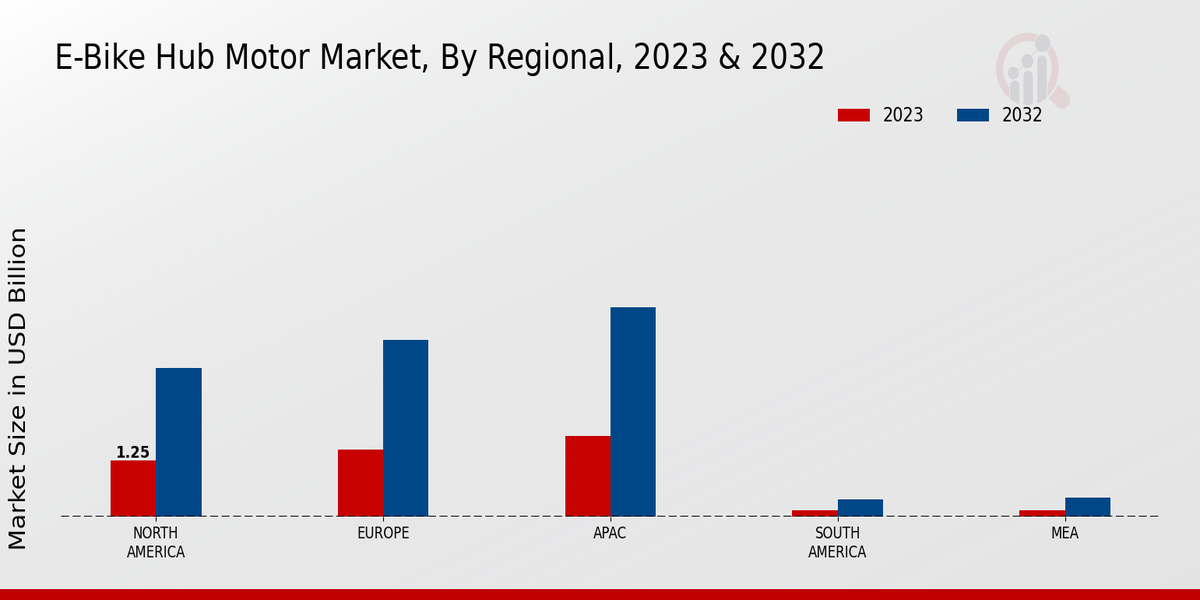
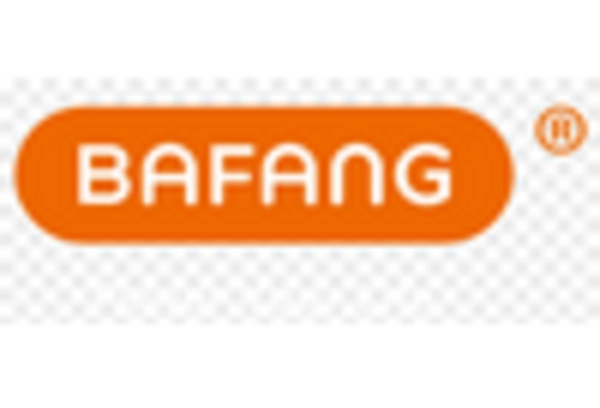

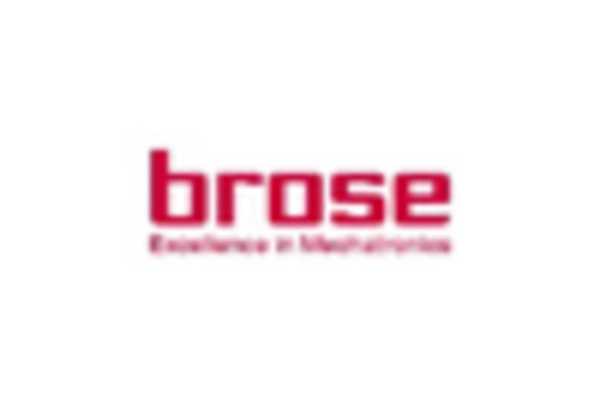
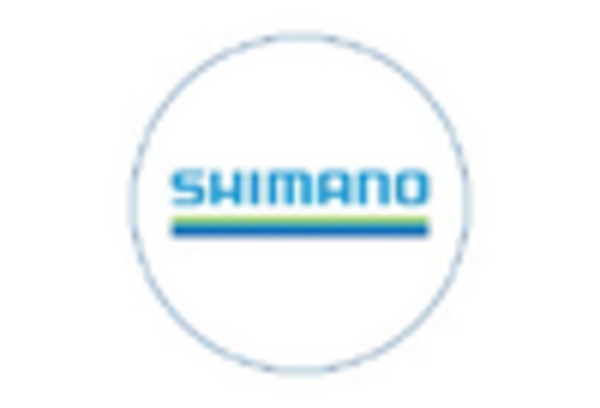
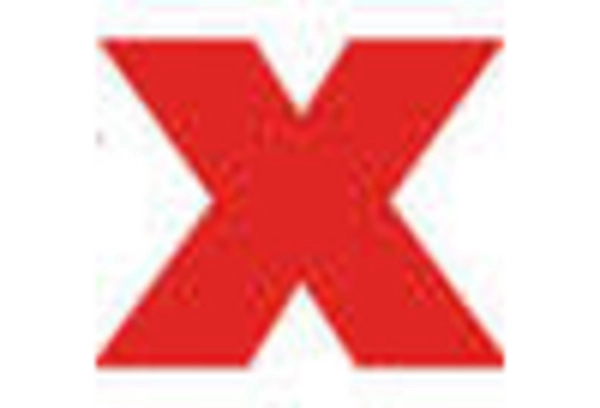
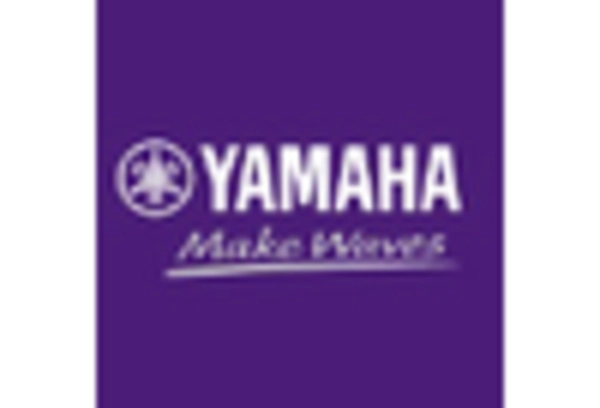








Leave a Comment